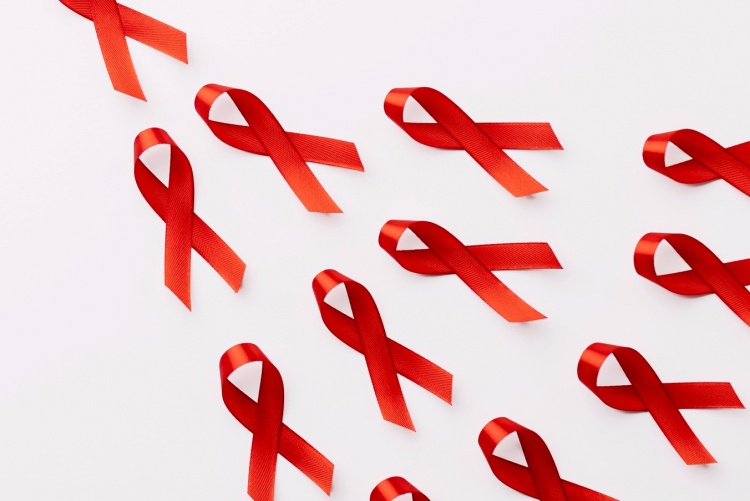Scholars conducted a study on factors associated with HIV stigma among youth living with the
virus in Kenya. Most if not all participants confessed to having faced at least one form of stigma
from the people they associated with; friends, family or even sexual partners.
Stigma is a socially damaging phenomenon where people living with HIV are considered
socially undesirable, lose their social standing, lose power when relating with people in their
communities, and are denied certain benefits and freedoms enjoyed by other members of their
communities.
The experience of stigmatizing attitudes and actions from others (experienced stigma) may result
in people living with HIV feeling less valued (internalized stigma). How close family and
friends, community members and institutions treat people living with HIV shapes their
perception of the community’s tolerance (perceived community stigma) and influences their
expectation of how they may be treated in future (anticipated stigma).
Stigma has proven to be a major cause in setback of optimized HIV treatment targets. Many
people living with HIV who have experienced stigma often end up rejecting antiretroviral
treatment and hiding their status from the people around them. This leads to higher rates of new
infections and untreated deaths.
Generally, of the adolescents and youth (88%) who participated in the study expressed disclosure
concerns. Older participants had a higher rate of internalized stigma. The stigma was
accompanied by violence- physical (27%), emotional (18%) and sexual (7%).More on this study can be found here vIndividual-, Interpersonal- and Institutional-Level Factors Associated with HIV Stigma Among Youth in Kenya | SpringerLink
- Log in to post comments

